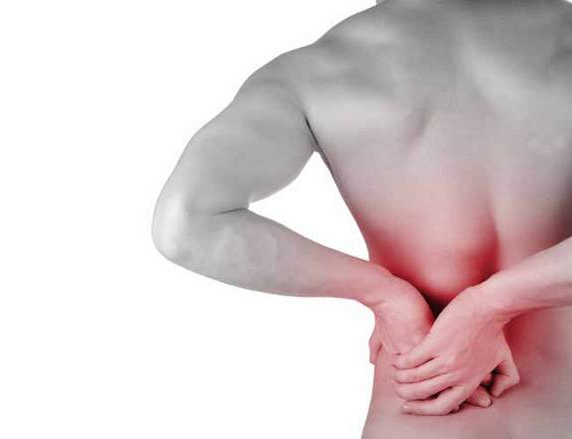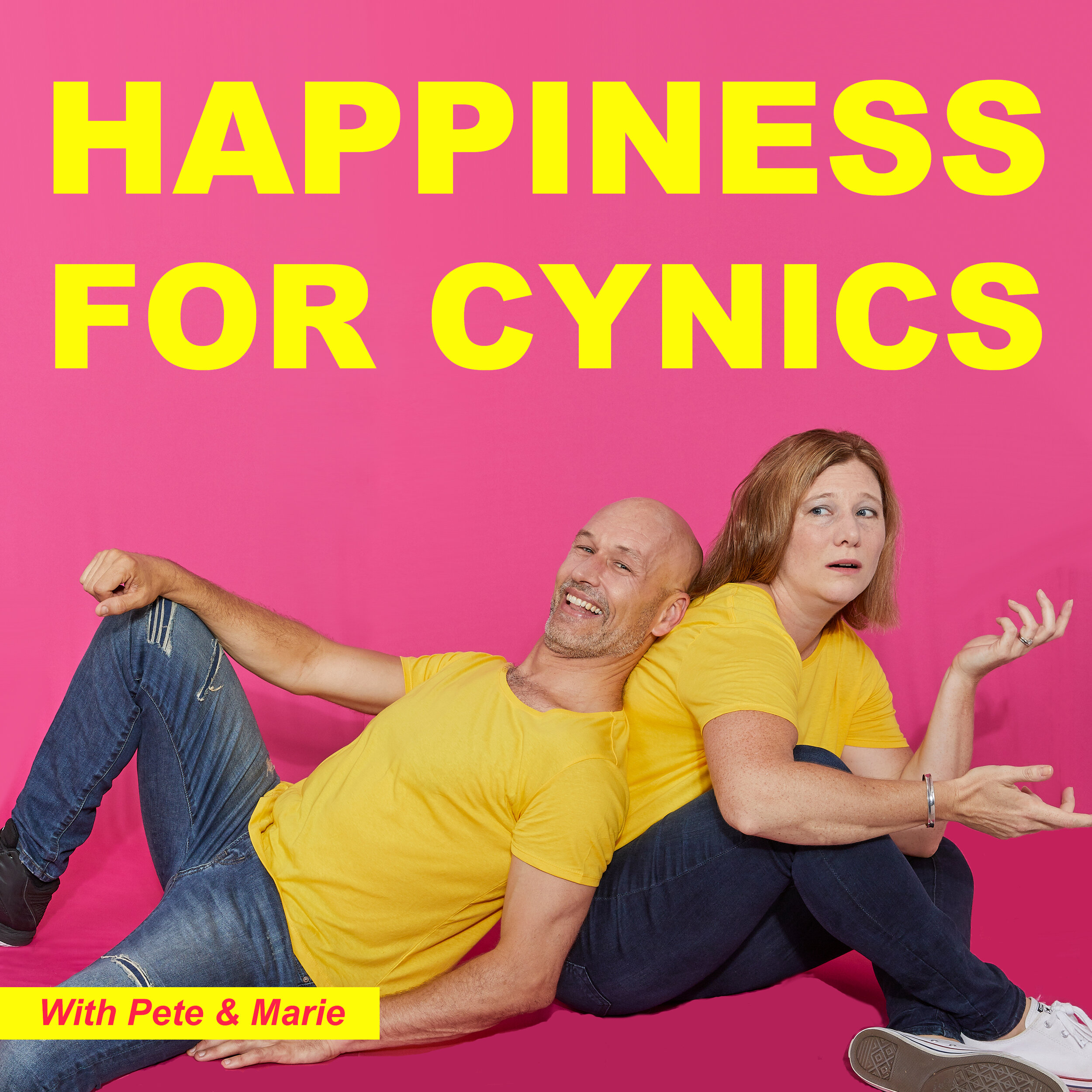I say to many of my clients ANY movement is good movement. This is difficult to qualify sometimes as there are certain individuals whom take that as Carte Blanche to get straight back into full blown, high intensity full load of training. However for most people trying to get the body out of pain and into feeling normal is difficult if they haven’t already had an active movement based regime in place already. For these sorts of people MOVEMENT IS VITAL. To move is to have blood flowing into areas and to keep elasticity of the all important muscles, tendons and fascia (soft tissues) at some sort of measurable level of operation.
A rupture is the big Daddy, the Nebuchanezzer of the muscular strain. Whereas a strain is a section of the muscular fibres (say a bicep) that have been torn or frayed, a rupture is a majority disconnection of the entire muscle from its tendinous connection. Usually, the ‘rupture’ is actually occurring not within the muscle itself but in the tendon that attaches the muscle to its bony connections. By definition, a rupture is ‘to burst, break through or split under pressure’. In the case of a tendon a rupture is defined by the muscle being unable to perform it's action. The rupture can be partial or complete, both requiring surgery to ‘re-attach’ the torn tendon.
Good functional movement has to come from a secure base. A solid platform creates a stable base from which to propel movement – IN ANY DIRECTION. We have talked about this in relation to shoulders and also in ankles, so it is that we come to the basic platform for much of the movement of the trunk – THE CORE. Some may argue that the platform for movement of the trunk comes from the pelvis or the ribcage. This is true. But in terms of movement, a strong core is a defining factor in any movement of the body and in particular the limbs. The core activation helps to stablise both the ribs and the pelvis.
For myself I have always maintained that it's not so much about my appearance that matters, but what I will be able to do with myself into my senior years. As an active person I have always been in awe of those who are able to maintain their physical self into the senior years and still find it a source of inspiration when I encounter people in sport, in my work and in my sphere who are active and enjoying physical life beyond the quinquagenarian age bracket.
Much like a floor acts as a platform against which you jump when you launch yourself into the air in a glorious display of athletic grace and ability, the scapula serves the same purpose for any pushing motion or lifting motion of the arm, be it overhead, in front or below the shoulder line. The shoulder joint is possibly the most flexible and remarkable of the larger skeletal articulations as it has a range of motion and ability to move in a full 360 degrees of movement. To effectively use this range of motion and more importantly to avoid injuring or ‘dislocating’ the shoulder in movement, there is a great need for stability of the joint. In this instance the scapular provides this stability and a platform for movement that is the key to any motion of the arm itself in all its arc of movement.
The effervescent phenomenon that catches up with us either fairly soon after we land, or worse still, when we return home. Jet Lag affects our circadian rhythms and usually occurs after crossing over timezones. It is a lack of co-ordination of those circadian rhythms to adjust to the new time schedule, usually when you are used to be it being late afternoon as opposed to early morning. Natural body processes that are regulated by hormones etc such as body temperature, digestion, sleeping and eating are unable to be convinced that they should be operating at the new schedule. Thus the ‘Jet-Lagged).
Gout is typically a form of inflammatory arthritis with a chemical cause as opposed to a degeneration of the joints. It is caused from deposits of sodium urate (uric acid) in and around the joints and especially in the feet! Ordinarily uric acid is removed from the blood stream via the kidneys, which filters uric acid out of the blood stream. Any issues that prevent this from occurring creates hyperuricemia which is the primary risk factor for gout. Too much uric acid creates small needle like crystals that tend to collect in the feet and grind and irritate the synovial joints in the metatarsals. The feet tend to be the focus of these collections partly due to gravity and partly due to the slightly decreased temperature found in the extremities that allows the crystallisations to form. This creates inflammation and irritation of the joints and thus pain.
Muscular soreness and fatigue is probably the most obvious challenge to recovering from an event. Muscle fibre necrosis in post event athletes can take up to 2 weeks to recover to adequate levels to allow for re-engaging with training or physical activity. Thus resting sufficiently to allow for repair is ideal. This doesn’t mean parking yourself on the couch and setting yourself up with the latest Netflix series and never leaving the house.
Many times restlessness in the legs can be an uncomfortable condition that can interrupt sleep patterns and keep one from getting vital rest and downtime. It’s often a small sensation that is felt often in the calves and only brought on when lying down or about to go to sleep. Periods of inactivity such as long car drives or sitting in a theatre or on long haul flights can also bring on the sensation. Pregnancy can also be a precursor to the sensation and this is directly involved with the indications of Iron levels (see below). Some medications can also bring on the symptoms particularly those associated with antidepressants, antipsychotics, antihistamines and calcium channel blockers.
One of my long term clients is undertaking a charity ride in October to aid in the charity of St Anthony's Home for Boys near Kandy in Sri Lanka. The home was founded in 2008 and is managed by a grass roots Australian charity, the Kathleen Keegel Children's Fund providing support, education and accomodation for under-privelidged and disadvantaged youth in Sri Lanka's Foothills region.
Range of Motion exercises are not stretches – they are in fact ‘movements’. Patterns of movement that keep our joint spaces open. A full squat for example requires the knees to fully bend, hips to extend and the spine to flex. If we don’t go into this range of motion often enough, our joints become unable to perform the movement with ease. They are unused to moving across such a full arc of movement and so when they are required to do so, can become irritated and even broken if we do not have the correct support to enable the action.
A typical patient presenting with DeskJob Syndrome, may complain of aches and pains between their shoulder blades, across the tops of their shoulders, and potentially up into their neck. The more serious cases may have progressed to headaches on top of that. It depends on the individual, symptoms will vary, and other lifestyle factors will potentially play a role, such as stress levels. Depending on the age of the patient and how many years that have been practicing DeskJob Syndrome will also affect the severity of symptoms. If pain or sensation is being felt down the arms then it is time to get assessed by your healthcare practitioner to determine the source of your problem and get back on the road to good health!
The most recent research to be making waves amongst the scientific world comes from a group of researchers from the Longevity Institute, School of Gerontology and Department of Biological Sciences at the University of Southern California. The clinical report published in July 2015 promotes the idea of prolonged fasting combined with periods of nutrient rich ingestion – a Fasting Mimicking Diet (FMD).
I would describe myself as a musculoskeletal chiropractor; I treat conditions of the musculoskeletal system, which may involve any combination of joints, tendons, ligaments, muscles and nerves. This may involve the spine, but it often involves peripheral joints like shoulders, hips, knees and ankles.
Even though the sun is shining and the warmth is seeping back into a little bit of the late July calendar, don't be misled that the foibles of the seasonal colds can still strike at this time of casual relaxing of the winter routine. It was interesting that this week I found a whole gaggle of volleyballers being layed down with a gastrointestinal bug that was relentless in its grip. Old adages of feed a cold and starve a flu start to be sprouted along with herbal tonics and home remedies involving onions and boiling water.
There can be a hundred causes or reasons for general health malaise but one element that is the burden of the ‘power individual’ that can sneakily creep upon you is adrenal overload. If you go at it day after day, for months on end, burnout is a real concern. It won’t necessarily hit you straight away either – you will have a bout of a small flu and you just won’t ever fully regain your Peter Rabbit Power.
When it gets cold, our bodies respond. The old injuries and past discretions of “on-field” achievements come back to make their presence felt. None of us are immune to the beast that is scar tissue, not unless we have wrapped ourselves in cotton wool and never expended ourselves in a physical capacity in our lives. Even then, the onset of muscular aches and pains in winter rarely escapes even the most diligent of health fiends.
Whether we walk or run, the foot needs to adapt to the ground to keep the body stable, which is mostly done thanks to the many proprioreceptors. They send messages to the brain when the foot hits a surface in order to activate the muscles necessary for movements. This includes all the muscles along the legs, back and even arms. During the landing phase, the bones of the feet unlock to absorb the shock then lock at the end phase for propulsion. Every muscle of the foot decelerate pronation to avoid damage on the body (remember the foundation of the tower).
The lower back muscles are usually bundled together to encompass a generic term of 'lower back'. Many people who present with pain in this area actually find that the pain stems from a weakness in the stability of the core or a tightness in the legs as per previous blogs. Apart from the smaller Erector Spinae group (see previous BLOG) the Quadratus Lumborum are possibly the most prominent musculature that encompasses the 'lower back' group.
What’s the difference between chiropractic, physiotherapy, osteopathy and even massage? To be honest, the best person to ask this question would be the diligent, studious perhaps crazy person who has painstakingly studied and become qualified in all four disciplines. And unfortunately I know no one of such degree. So instead we all try and interpret what each discipline is doing without really having a thorough understanding or appreciation of each other’s expertise.



